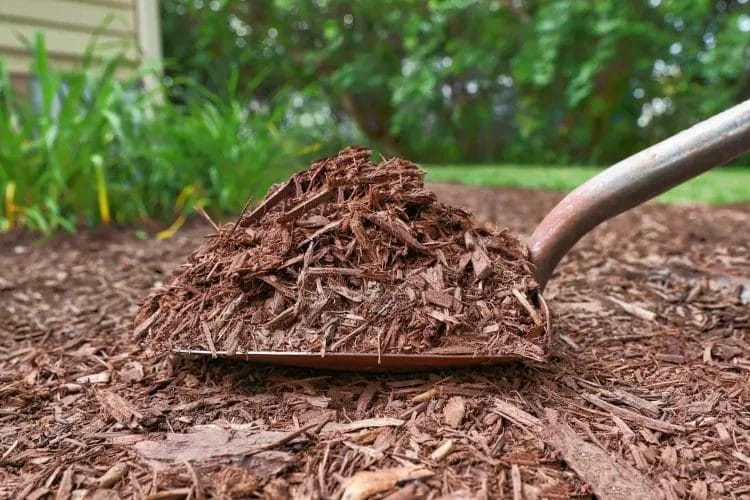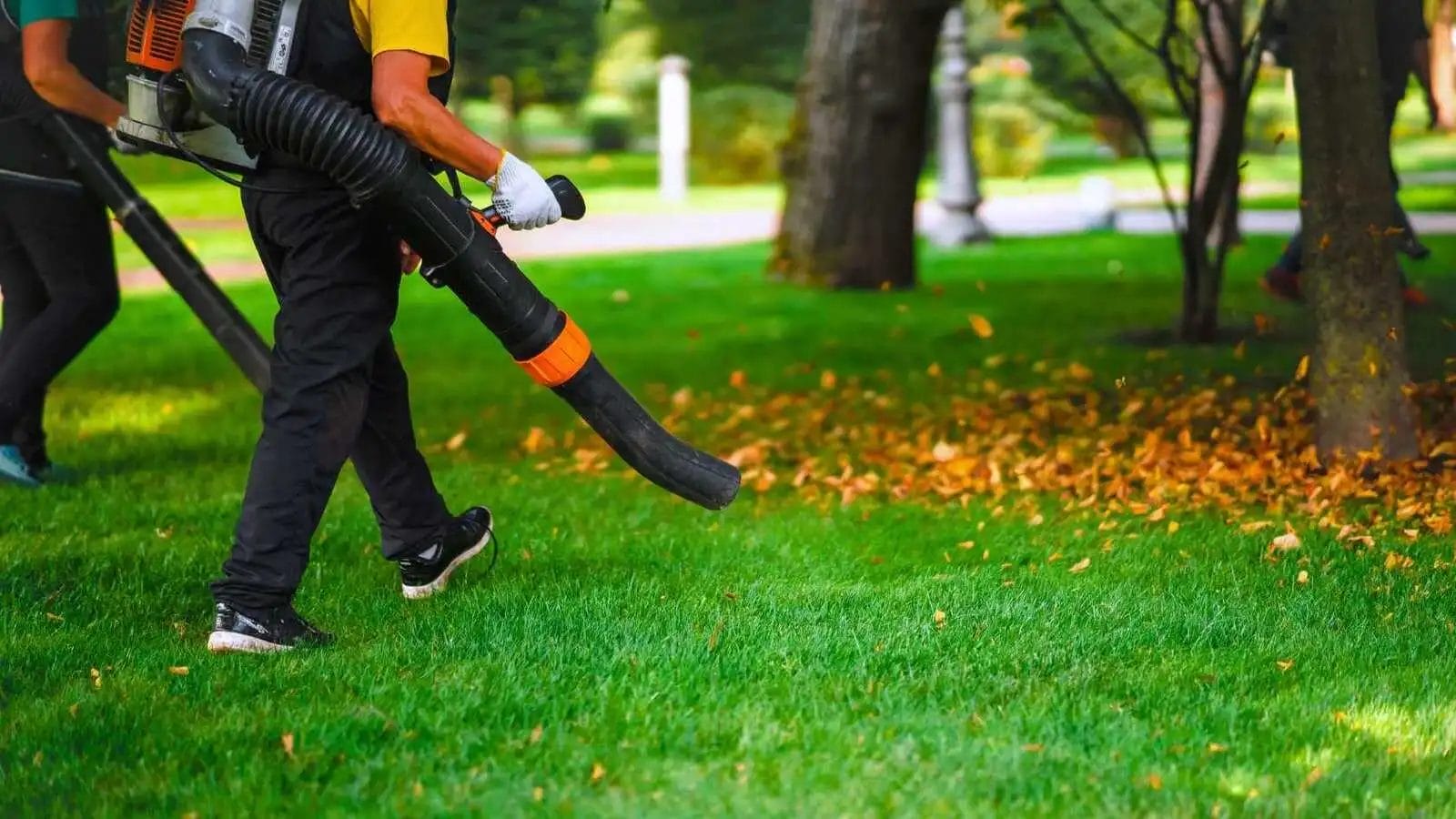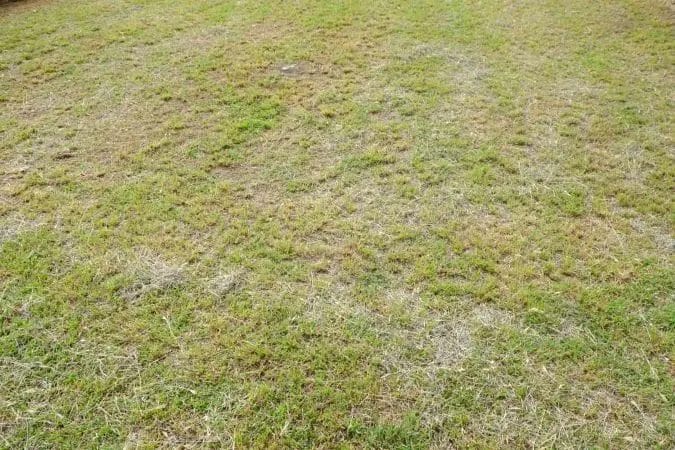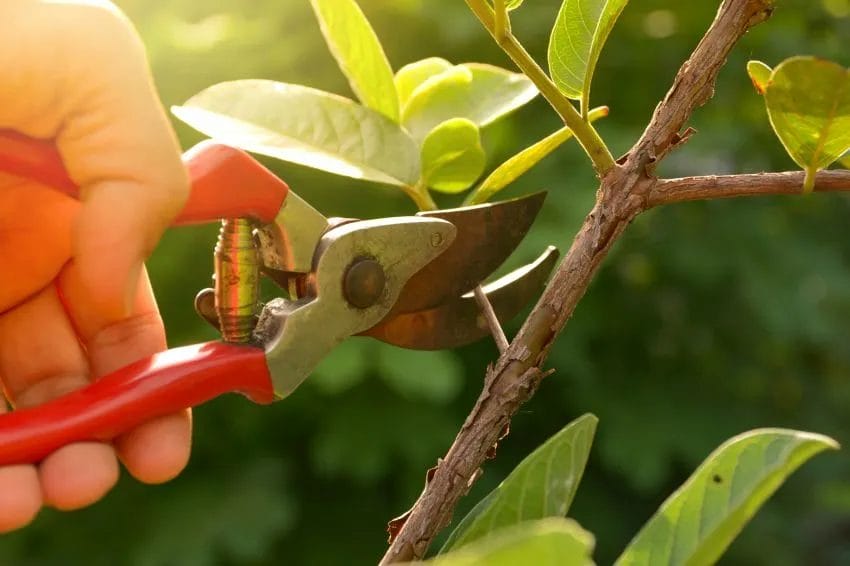
There’s a science and art to pruning that you can harness to improve the health and appearance of your plants. When you engage in proper pruning techniques, whether through Smith Brothers Services or Smith Brothers Tree Services, you promote growth and prevent disease. Understanding the importance and benefits of pruning, alongside the various methods used by experts at Smith Brothers Landscape, will empower you to maintain vibrant and thriving greenery on your property. This knowledge ensures you are equipped to make informed decisions about trees services that enhance your outdoor spaces.
The Vital Role of Pruning in Plant Health
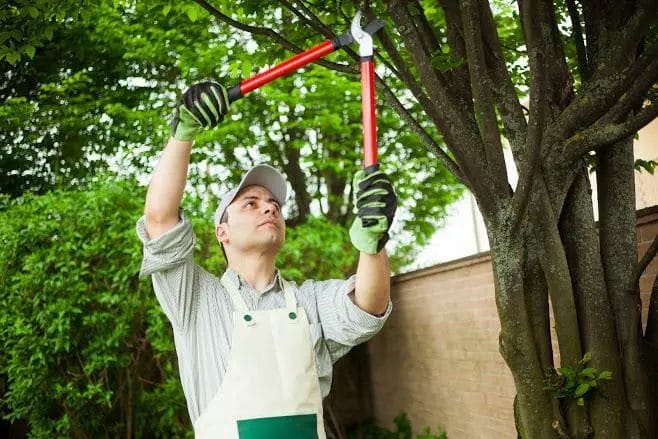
Effective pruning directly impacts the overall vitality of your plants. By removing dead or diseased branches, you reduce the risk of infection spreading, allowing your plants to allocate energy towards productive growth. Smith Brothers Services emphasizes that well-timed pruning encourages better air circulation and sunlight penetration, which together create an environment less hospitable for fungal diseases. This maintenance not only prolongs the life of your garden but also supports stronger, more resilient plants that thrive through changing seasons.
How Pruning Stimulates Growth and Flowering
Cutting back select branches redirects the plant’s stored energy into new shoots and flower buds rather than sustaining older, less productive limbs. Smith Brothers Landscape experts highlight how thinning crowded branches opens up space, boosting photosynthesis and encouraging robust blooms. For instance, spring-flowering shrubs often benefit from pruning immediately after blooming to set the stage for another flush of flowers the following season. By strategically pruning, you influence both the timing and abundance of growth and flowering cycles.
The Connection Between Pruning and Pest Control
Pruning can significantly reduce pest infestations in your garden by eliminating hiding spots for insects and disrupting their breeding cycles. Smith Brothers Tree Services points out that removing deadwood or weak branches where pests like aphids or scale insects tend to congregate lowers their populations before they infest healthy foliage. Open canopies also allow natural predators easier access to prey, creating a balanced ecosystem that supports pest control without over-reliance on chemicals.
Delving deeper, ineffective pruning may inadvertently create wounds that attract pests, so using the right techniques is necessary. Smith Brothers Tree Services advises against making flush cuts too close to the main stem, which can damage the protective bark and invite boring insects. Instead, clean, proper cuts support faster healing, reducing pest vulnerability. Combining pruning with integrated pest management approaches enhances your ability to maintain plant health sustainably.
Unraveling the Benefits: A Closer Look at Pruning’s Impact
Pruning offers much more than a simple trim; it reshapes your entire garden’s health and productivity. Beyond maintaining tree and shrub structure, the practice promotes vigorous growth by eliminating dead or overcrowded branches. Regular pruning with Smith Brothers Tree Services helps prevent disease spread and pest infestation, reducing long-term maintenance costs. This strategic trimming not only energizes plants but also enhances air and light circulation, creating an environment where your landscape can thrive season after season.
Aesthetic Appeal: Transforming Landscapes
Your yard’s visual charm benefits greatly from skilled pruning. By removing unsightly, overgrown limbs and shaping plants carefully, you create clean lines and balanced forms that enhance curb appeal. The Smith Brothers Landscape team knows how to emphasize natural beauty, highlighting flower clusters and emphasizing healthy foliage. This approach turns even the simplest garden into a polished outdoor space, elevating your home’s overall aesthetic appeal effortlessly.
Enhancing Fruit and Flower Production
Pruning selectively opens the canopy to more sunlight, directly boosting photosynthesis and encouraging abundant fruit and flower development. Techniques used by Smith Brothers Services focus on removing weak or crossing branches, allowing your plants to allocate resources toward producing larger, healthier buds and fruits. This attention to detail can lead to 20–30% increased yield in fruit trees and more vibrant flowering in ornamentals.
Further optimizing fruit and flower productivity involves timing and precision. Pruning during dormancy reduces the risk of stress while stimulating new growth in spring. Thinning out crowded branches not only improves air circulation but also reduces fungal diseases that can diminish fruit quality. Professional trees services like those offered by Smith Brothers Tree Services apply these methods, tailoring cuts to specific species’ needs to maximize your garden’s output and longevity.
Mastering the Art: Proven Pruning Techniques
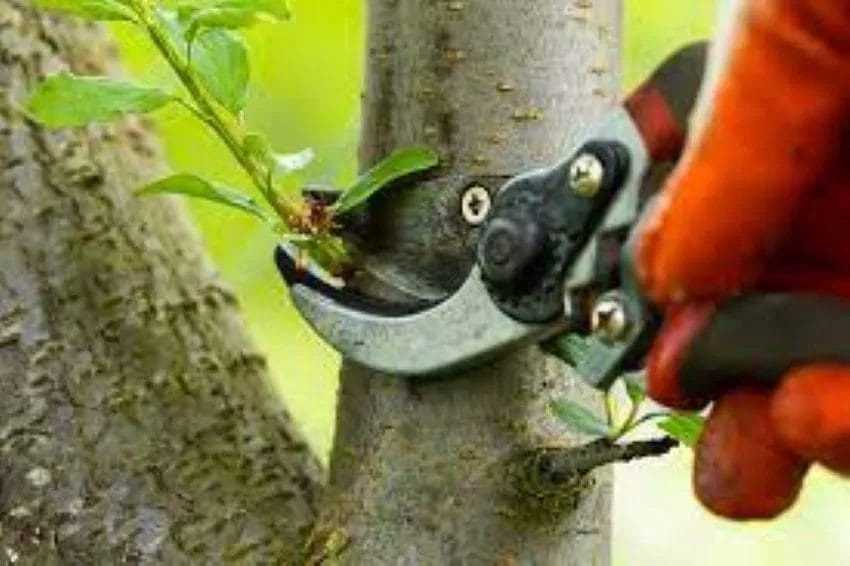
You can elevate your pruning skills by mastering techniques that encourage healthy growth and aesthetic appeal. Whether you trim fruit trees for higher yields or prune flowering shrubs for vibrant blooms, applying specific methods will maximize the benefits. Using precise cuts strategically shapes your plants, controls size, and prevents diseases, resulting in a thriving landscape that reflects expert care.
The Basics of Pruning: Timing and Tools
Effective pruning hinges on selecting the right moment and tools. You typically want to prune dormant trees during late winter to minimize sap loss and stress. Using clean, sharp tools such as bypass pruners, loppers, and pruning saws ensures smooth cuts that heal quickly. Avoid dull blades that crush branches, inviting infections, and always sanitize tools between cuts to protect your trees from contaminants.
Advanced Techniques: Thinning vs. Heading Cuts
Thinning and heading cuts serve distinct purposes in tree shaping. Thinning removes entire branches back to a main stem, allowing more light and air to penetrate the canopy, which reduces disease risk. Heading cuts, however, shorten branch length by cutting back to a bud or smaller branch, stimulating dense new growth. You’ll choose thinning for maintaining structure and heading when encouraging bushier development.
When applying thinning and heading techniques, understanding their impact on tree physiology enhances your routine maintenance. Thinning opens up crowded canopies, benefiting species like oaks and maples by improving internal air circulation, which limits fungal growth. Conversely, heading cuts trigger vigorous sprouting, helpful in shaping hedges or rejuvenating overgrown shrubs. Balancing both methods according to plant type and your landscape goals ensures a healthier, more attractive garden.
Key Differences Between Thinning and Heading Cuts
| Thinning Cuts | Heading Cuts |
| Remove entire branches at their origin | Cut back to a bud or small branch |
| Improves light penetration and airflow | Stimulates dense, bushy growth |
| Reduces risk of disease by opening canopy | Ideal for shaping and increasing foliage density |
| Maintains natural tree shape | May result in more maintenance due to vigorous regrowth |
The Environmental Perspective: Pruning’s Role in Sustainability
Pruning plays a significant part in fostering sustainable gardening practices. By selectively trimming branches, you encourage your plants to grow healthier and more robust, which reduces the need for excessive water, fertilizers, or pesticides. Additionally, well-maintained plants are less susceptible to disease and pests, diminishing the environmental impact often caused by chemical treatments. Smith Brothers Landscape and Smith Brothers Tree Services emphasize sustainable methods to help you maintain your greenery in an eco-friendly way while supporting the overall health of your local ecosystem.
Pruning’s Impact on Biodiversity and Ecosystems
Thoughtful pruning helps maintain habitat diversity by shaping trees and shrubs in ways that benefit local wildlife. You promote the growth of native plants that provide food and shelter to birds, insects, and other organisms. Smith Brothers Services often tailor pruning projects to preserve these natural habitats, ensuring that your landscape supports pollinators and natural predators, which are necessary for balanced ecosystems and biodiversity preservation.
How Pruning Can Contribute to Climate Change Mitigation
Pruning improves tree health and growth vigor, which boosts their ability to sequester carbon dioxide effectively. Pruned trees allocate more energy to healthy branches and leaves, increasing photosynthesis and carbon capture capabilities. Smith Brothers Tree Services apply strategic pruning to maximize these benefits and extend the lifespan of your trees, directly contributing to carbon reduction efforts in your local environment.
By removing dead or overcrowded branches, pruning also reduces the risk of tree failure during storms, which minimizes the release of stored carbon when trees fall. Healthy, well-maintained trees managed by Smith Brothers Landscape grow stronger root systems and larger canopies that absorb more carbon dioxide. This cumulative effect supports urban and suburban climate resilience by enhancing green infrastructure’s capacity to mitigate heat islands and improve air quality, offering tangible benefits in the fight against climate change.
Common Pruning Myths Debunked
Several myths surround pruning that can mislead your approach to maintaining healthy plants. These misconceptions often cause hesitation or improper techniques, which might harm rather than help your garden. Clarifying facts about timing, severity, and plant-specific needs lets you apply pruning practices confidently, enhancing growth and aesthetics effectively.
The Misconceptions About Timing and Severity
Many believe pruning must only happen in late winter or that severe cuts always impair plants. In reality, the best time depends on the plant species and desired growth effect. Light pruning can be done year-round to remove dead material, while heavier cuts are better done during dormancy. Over-pruning stress is often overstated, as selective, measured pruning stimulates vigorous regrowth and improved shape.
Clarifying the Myths Around Different Plant Types
Some think all plants respond the same way to pruning, which isn’t true. For instance, spring-flowering shrubs bloom on old wood, so pruning them in late winter reduces next season’s blooms. In contrast, summer-flowering shrubs thrive when pruned in early spring. Trees require yet another approach depending on their growth habits and species. Understanding these nuances avoids unnecessary damage.
| Plant Type | Best Pruning Time |
|---|---|
| Spring-flowering Shrubs | Immediately after blooming |
| Summer-flowering Shrubs | Late winter or early spring |
| Deciduous Trees | Dormant season |
| Evergreen Shrubs | Late winter to early spring |
| Fruit Trees | Dormant season, adjusting for species |
Exploring these differences further, you’ll see that pruning techniques must be adapted for various trees and shrub types to optimize growth and health. For example, Smith Brothers Tree Services customizes pruning schedules according to species-specific requirements, ensuring the right balance between leaf removal and structural integrity. This approach significantly enhances plant vitality and appearance over time.
- Different plants need different pruning timings and styles.
- Incorrect pruning can reduce flowering or fruit yields.
- Consulting professionals like Smith Brothers Landscape can help tailor the approach.
- Regular maintenance pruning supports overall plant health.
- After verifying plant-specific needs, you can maximize the benefits from trees services and garden care.
Conclusion
Ultimately, pruning is an imperative practice that helps maintain the health, appearance, and safety of your plants and trees. By understanding the various methods and benefits of pruning, you can ensure your landscape thrives with proper care from professionals like Smith Brothers Services, Smith Brothers Landscape, or Smith Brothers Tree Services. Whether you manage ornamental plants or mature trees, applying the right pruning techniques enhances growth and prevents diseases. To deepen your knowledge, explore more about What is Pruning? Importance, Benefits & Methods of Pruning and make informed decisions for your trees services.

